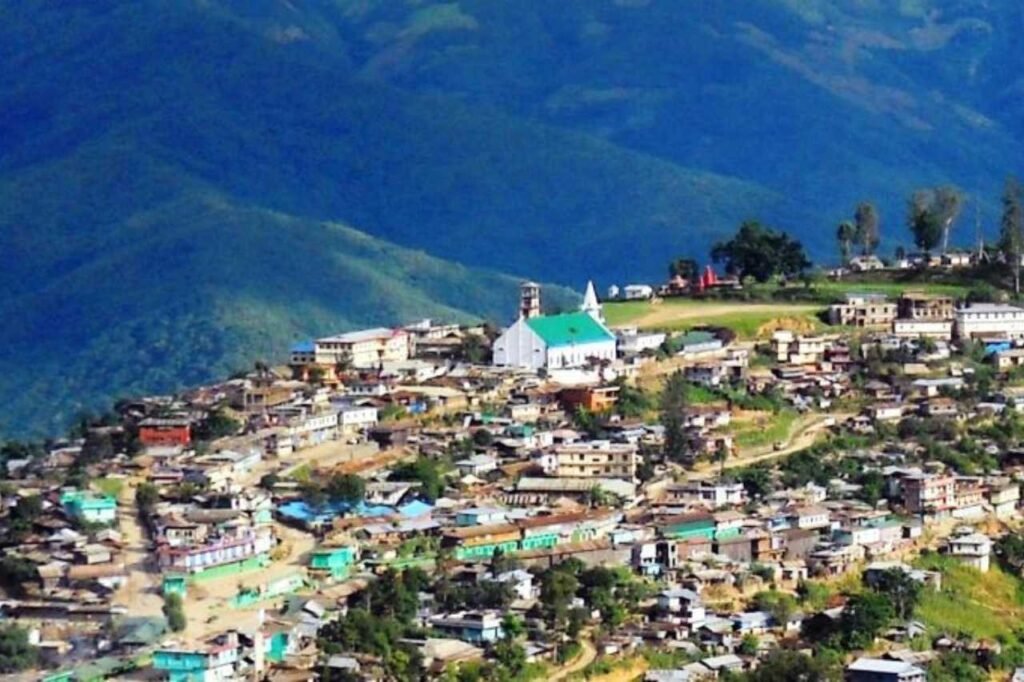Kiphire Pincodes
Enter the Pincode or Location Below in the Box
Pincodes of Kiphire

Here is a list of Kiphire Pincodes
About Kiphire
Kiphire District, situated in the Indian state of Nagaland, spans across 1,130 square kilometers (440 sq mi) and ranks as the tenth most densely populated district within Nagaland. With a total population of 74,004 residents, it holds the 625th position among the districts of India, contributing to 3.74% of Nagaland’s total population. The district’s administrative hub, Kiphire, lies 230 kilometers away from the state capital, Kohima. According to the 2018 NITI Aayog rankings, Kiphire District is recognized as the fourth most underdeveloped district in India, highlighting the need for focused development initiatives in the region.
History
Kiphire district, established in 2003, emerged as Nagaland’s eleventh district following its separation from Tuensang district. Its administrative headquarters, Kiphire, was founded on June 16, 1952, following meticulous surveys aimed at establishing additional administrative centers. The district initially comprised seven subdivisions: Seyochung, Pungro, Amahator, Kiphire Sadar, Longmatra, Sitimi, and Kiusam. Subsequently, Khongsa subdivision was carved out of Pungro, increasing the total subdivisions to eight. S.D. Lakhar served as the district’s first Base Area Superintendent. Historically part of Tuensang district under NEFA, Kiphire now stands as a distinct and dynamic administrative region in Nagaland.
Demography
Geography
Covering an expanse of 1,130 square kilometers (440 sq mi), the district is situated in the northeastern region of India. Bounded by Tuensang and Noklak districts to the north, Zünheboto district to the west, Phek district to the south, and Myanmar to the east, this district finds its administrative center in Kiphire, perched at an elevation of 896 meters above sea level. Prominent towns within the district include Seyochung, Sitimi, Pungro, and Kiphire. The district boasts Nagaland’s loftiest peak, Mount Saramati, standing tall at 3,826 meters. Kiphire also houses an earth station, while Kisatong village serves as a captivating tourist destination.
Economy
Approximately 70% of Kiphire district’s population is actively involved in agriculture, primarily practicing Shifting or Jhum cultivation. The key crops in these fields are Rice, Maize, Kholar (a local kidney bean variety), and Soya beans. The district hosts a diverse range of crops, with approximately 32 different groups cultivated. Rice, Maize, and millets dominate in terms of both production and area coverage, while pulses and cash crops like potatoes are also grown. Notably, the region’s orchards produce a variety of fruits, including Oranges, Papayas, Bananas, and Pineapples, contributing significantly to the district’s agricultural richness and livelihoods.
